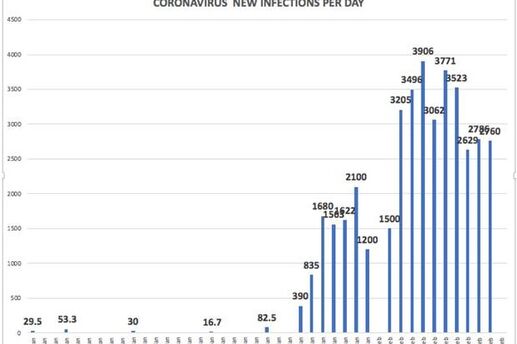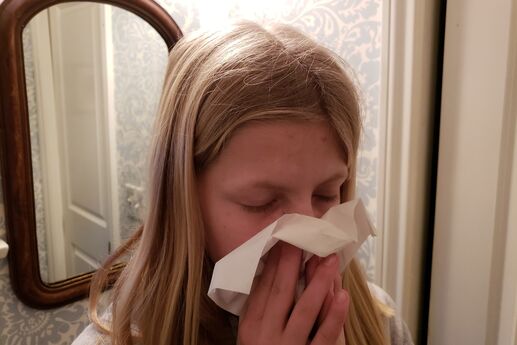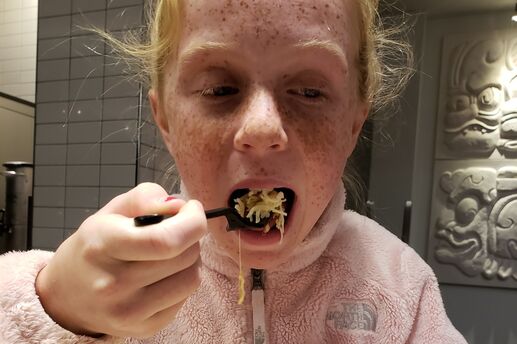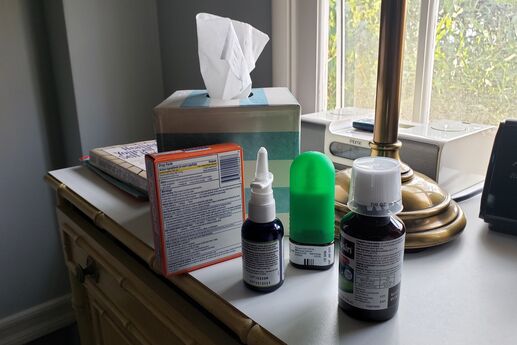The Facts About the Coronavirus
UPDATE Feb. 20, 2020
The Coronavirus has taken the lives of over 2,100 people worldwide, all but 11 of those deaths occurring in mainland China. The illness caused by the Coronavirus, COVID-19, has affected over 75,000 worldwide and new cases of the disease are announce every day. It is the growth rate of these new cases that health officials are watching closely. Quarantine efforts have had mixed results, with the recent emancipation of quarantined cruise boat passengers drawing scrutiny and criticism from health organizations around the world, and airlines are starting to take a more precautionary approach by canceling flights in an and out of China.
UPDATE Feb. 10, 2020
The Coronavirous has now claimed over 900 lives, surpassing the number of total fatalities from the SARS pandemic from 2002 - 2003. Chinese officials have scrambled to assemble a new hospital in Wuhan to house patients, though it is unclear how many beds are available for treatment as of today. In addition, a cruise ship moored off the coast of Japan is now in its 2nd week of quarantine where over 3,000 passengers and travelers are stuck. Over 100 sick passengers who tested positive for the virus have been removed from the ship over the past week. The original time frame for the quarantine was initially set for 2 weeks, though there is no current plan on releasing the ship as the Coronavirus continues to spread in China and elsewhere.
UPDATE Jan. 29, 2020
The Coronavirus is spreading across China, Europe and the United States. Several cities in China including Wuhan where the health crisis originated. In addtion, a plane carrying over 200 American landed in Southern California after evacuating them from Wuhan. The CDC says the risk of the virus spreading between people in the US remains low
UPDATE Jan. 22, 2020
the death toll in China has risen to 17, with over 500 confirmed cases in China. Five additional Chinese Provinces are reporting additional cases. All flights in and out of Wuhan have been cancelled. The first case in the US has been confirmed
In the past week, the general public has become aware of a growing health concern from Asia, specifically China, where six people have died and over 300 cases have been confirmed. Here is what you need to know about the Coronavirus now:
What is the Coronavirus?
According to the Centers for Disease Control and Prevention (CDC), the novel (for new) Coronavirus outbreak began in Wuhan City, in Hubei Province in China. The symptoms include upper-respiratory tract illnesses, like the common cold. These illnesses usually only last for a short period of time, and symptoms may include runny nose, headache, cough, sore throat, fever and a general feeling of malaise. Human coronaviruses can also sometimes cause lower-respiratory tract illnesses, such as bronchitis and/or pneumonia.
What are the Risks?
Any time an outbreak of a highly contagious virus such as the coronavirus occurs, is becomes an immediate public health concern. The risk from these outbreaks depends a number of factors, including characteristics of the virus, and the speed with which it spreads between humans, the severity of the the symptoms, and the ability to control the impact of the virus.
At the moment, the primary risks appear to be limited to China, Thailand, Japan and South Korea, and the immediate health risk to United States residents is deemed to be low at this time. Nevertheless, CDC is taking closely monitoring the development.
If you have further questions or concerns you should consult your healthcare professional.








